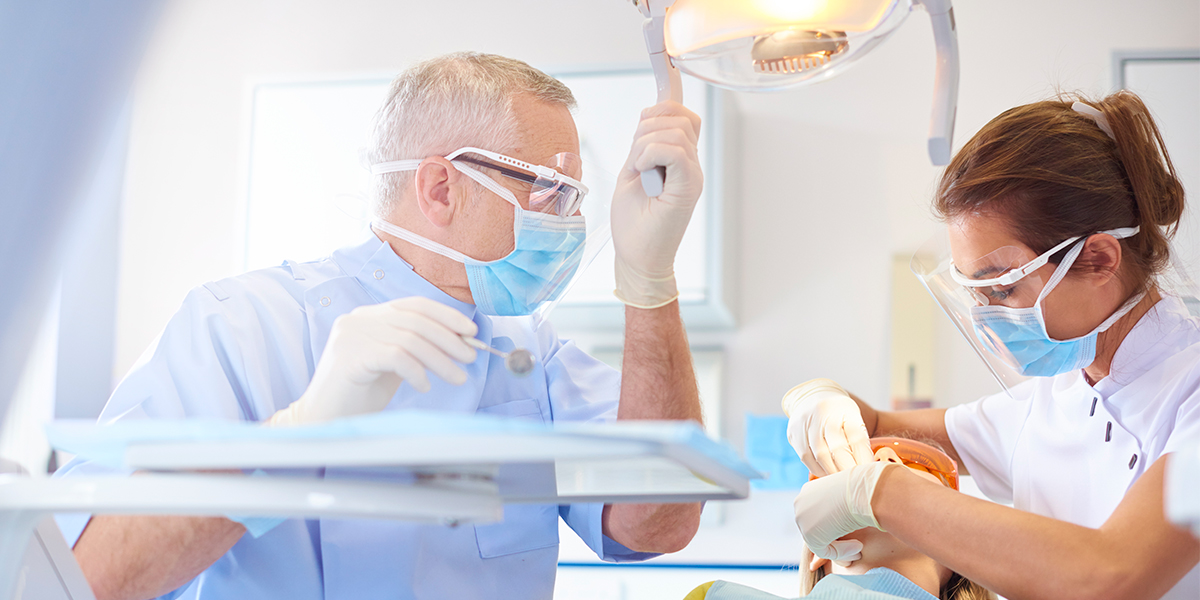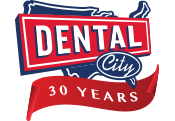
As dental offices begin to reopen, it is extremely important to adhere to proper infection control in order to rebuild practices and reinforce patient trust. This trust is an essential part in working our way back to “normal” and ensuring the utmost comfort that offices should be able to provide. To help guide dental offices towards this goal, we have pulled the top 5 questions from the Organization for Safety, Asepsis, and Prevention (OSAP) that every dentist should be able to answer before reopening their practice.
- Do you heat-sterilize all your instruments, including handpieces (“dental drill”), between patients?
- Dentists should be heat-sterilizing all instruments that penetrate or contact a patient’s oral tissues.
- Autoclaves, chemical-vapor sterilizers (“chemiclaves”), and dry-heat sterilizers are all appropriate methods for sterilizing dental instruments.
- Instruments should be heat-sterilized after they have been used on a patient and before they are introduced to treat the next patient.
- How do you know that the sterilizer is working properly?
- After sterilization, instruments should be wrapped and sealed in packaging equipped with a chemical that changes color on exposure to heat and/or some other combination of sterilizing conditions.
- Dentists should use biologic monitoring; a process in which they test sterilization using a vial or envelope containing spores. Then they culture the spores to ensure they have been killed to guarantee a sterilizer is functioning properly. Most practices use this process weekly or monthly in combination with color-changing indicators.
- Do you change your gloves for every patient?
- Every dental care provider should use new gloves with every single patient.
- For procedures that involve more splatter, additional PPE will be changed with every patient (eyewear, mask, gown, etc.).
- Do you disinfect the surfaces in the operatory between patients?
- Between patients, all surfaces should be disinfected that were likely touched during treatment.
- To shorten this process, many dentists cover surfaces such as doorknobs, chairs, tubing, and so on in a plastic barrier film that protects the surface underneath from debris.
- What else are you doing to ensure your practice is safe?
- Make sure to keep an open and honest dialogue with all patients.
- Follow all recommended safety precautions in order to protect against disease transmission.
Once dental offices can confidently answer these 5 questions, the trust between themselves and their patients will flourish. Dentists, hygienists, and dental assistants should all be able to properly address the uncertainties that patients will have in this difficult time. Although there is no doubt that offices are doing their utmost best job to ensure a safe environment, it must be communicated with all individuals in order to establish confidence.
For more information, see this article from the OSAP.

